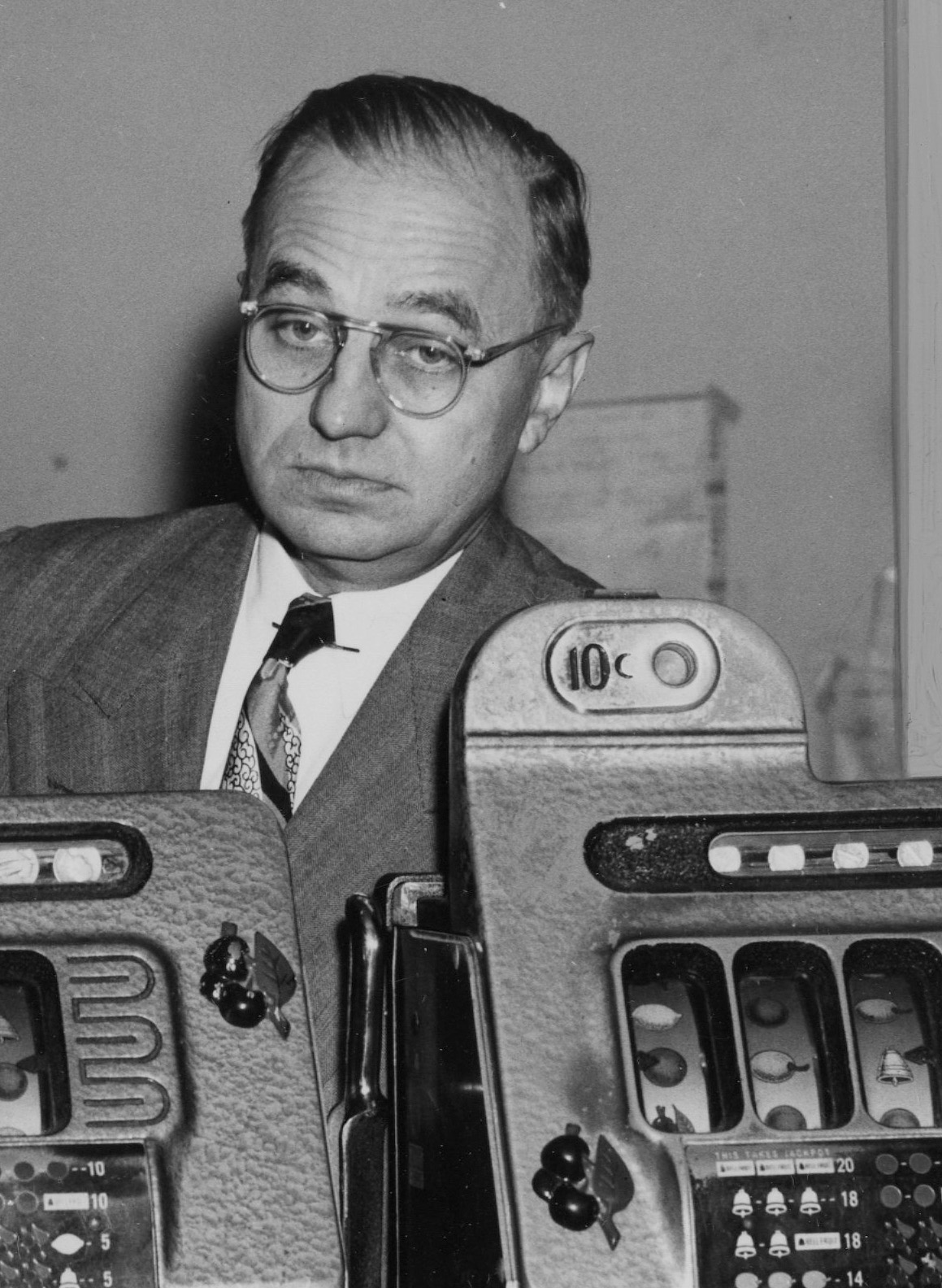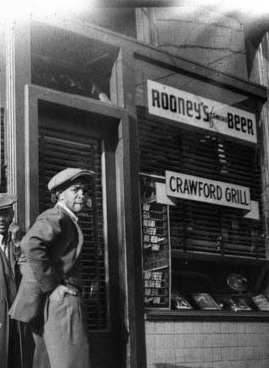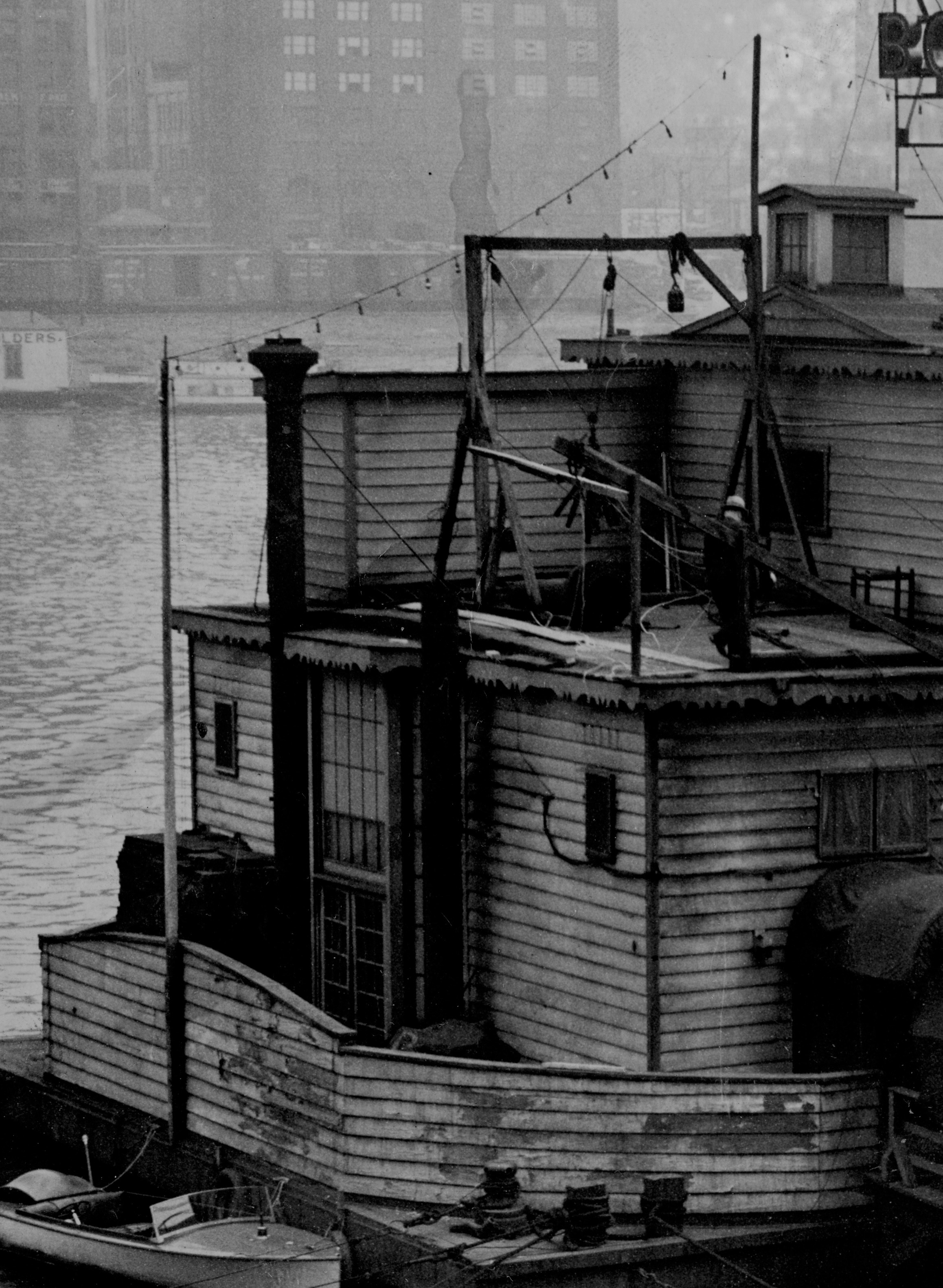Of all the rackets that Art Rooney was involved in from the 1920s through the 1940s, perhaps none was as lucrative as the slots.
Following a chance encounter around 1940 with a slot machine salesman on a train ride to Chicago, Rooney and Barney McGinley quickly became the region’s dominant figures in the illegal industry.
In fact, by 1944, the FBI agents considered him one of the “big shots” in slot machines that were spreading across the city, according to an FBI document.
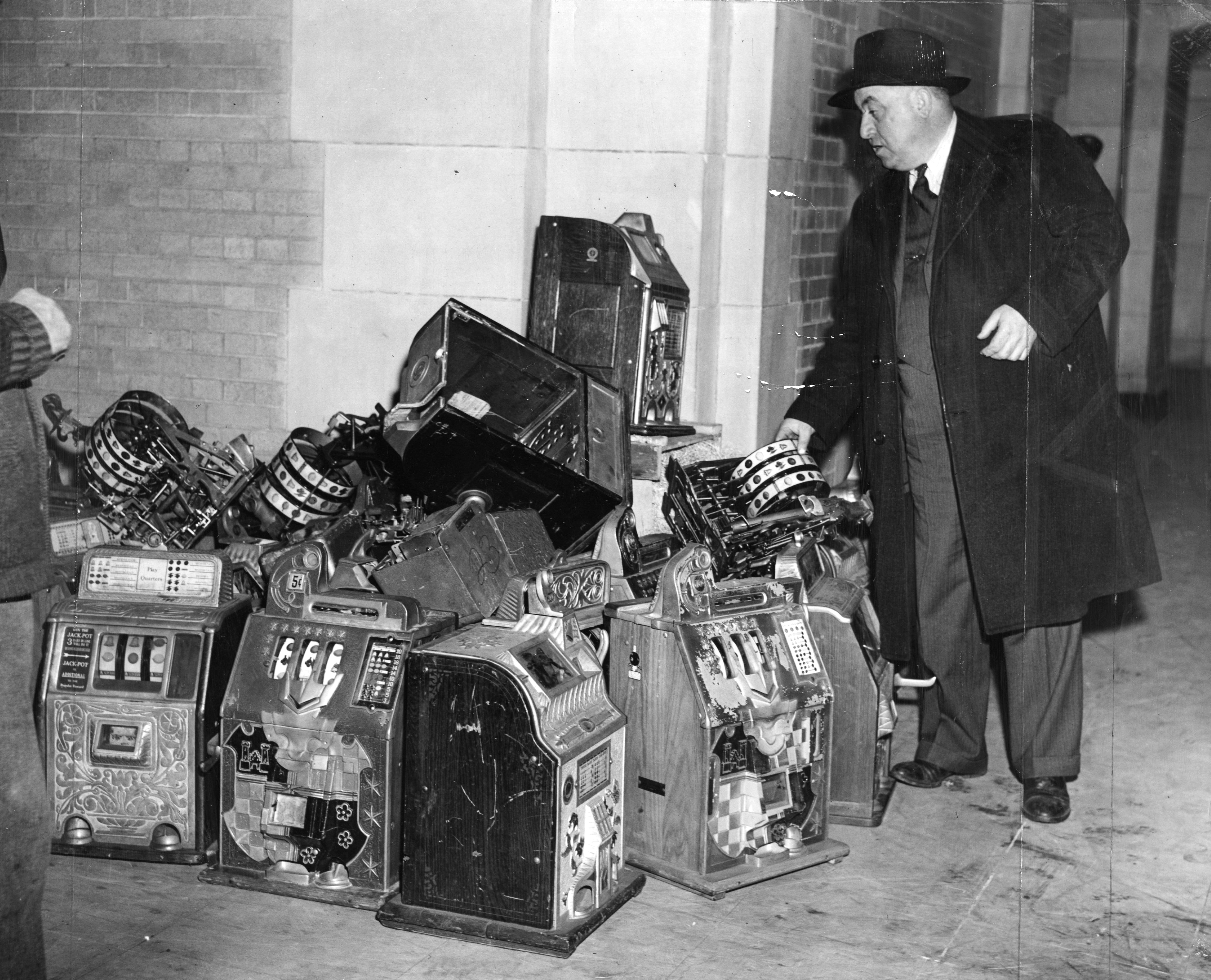
He and McGinley controlled the distribution in the Pittsburgh area of the most popular machines, known as Pace’s Reels, built by a company in Chicago, FBI records state.
They bought and then leased out at least 1,200 machines, according to Art’s brother, Jim, splitting revenues with the hundreds of stores, bars and clubs that set them up for customers to play.
Rooney’s timing was fortuitous. The city’s steel industry had been steadily slowing down for decades, but the advent of World War II with the bombing of Pearl Harbor in 1941 meant that for the next four years, the mills once again ran day and night to support the war effort. As a result, more Pittsburghers had cash to splurge on entertainment like the slots.

Without naming the top operators, a 1947 Pittsburgh Press story said a slot machine business source reported that up to 5,000 machines and other “mechanized” gambling devices were controlled by “two Allegheny County men, both widely known in political, police and sports circles.”
An FBI document a few months later said FBI agents knew that those two men were Art Rooney and Barney McGinley.
Like other Rooney confidants — David Lawrence and state Sen. James Coyne — McGinley, who lived in Braddock, was considerably older than Rooney by a dozen years, but they had a lot in common. By the time the men met in the late 1920s, both had begun running numbers, operating gambling rooms, and learning the intricacies of the local politics that would keep the law away from their illegal joints and expand their influence.
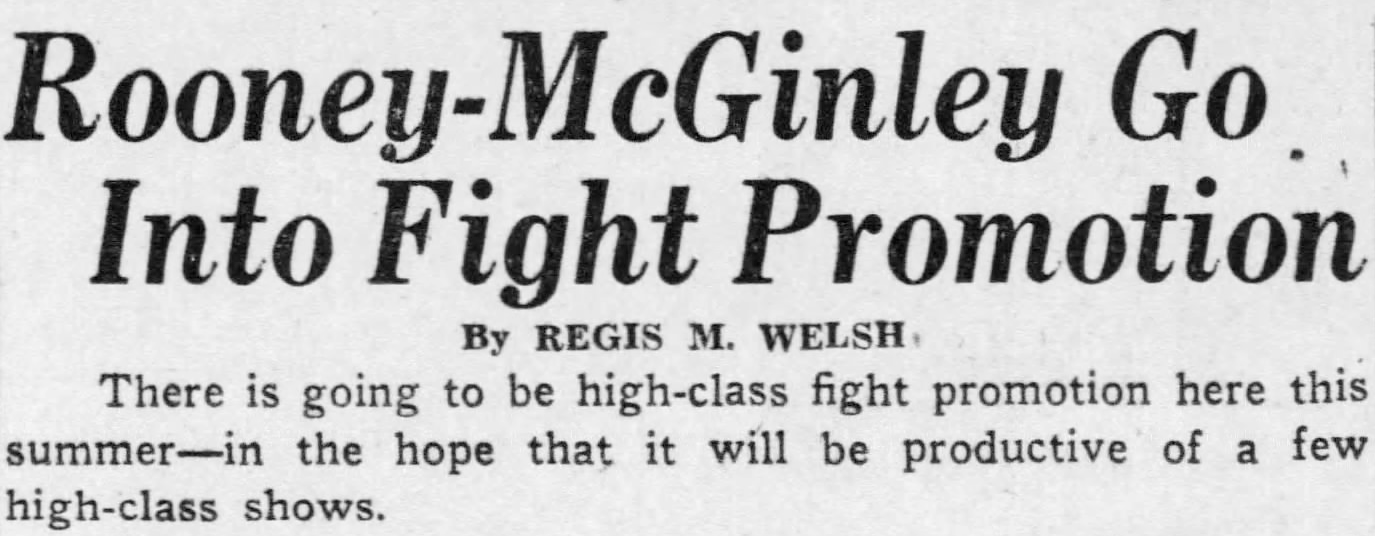
They would become close over the years — not only through their shared racket operations, but through creation of the Rooney-McGinley Boxing Club that promoted fights and eventually through marriage when Rooney’s youngest sister, Marie, married McGinley’s son, Jack Sr.
They became so close that in 1946 Rooney invited McGinley to buy a minority share of the Steelers, and for the next six decades, only the McGinleys would own any other part of the football team.
Though it would be decades before the Steelers made any regular money for the two men or their families, their partnership in slots — like other rackets they ran together — was lucrative.
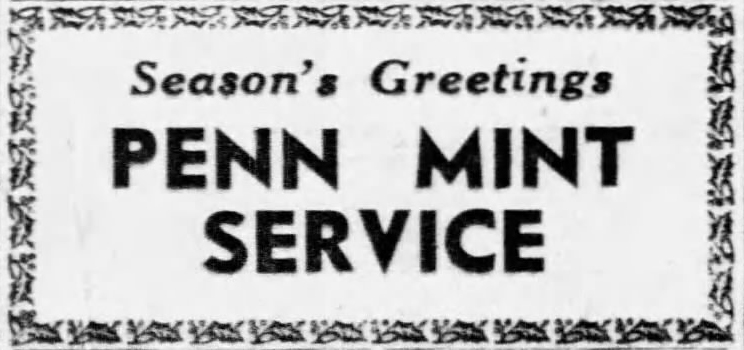
An anonymous slot machine serviceman told The Press that the “one-armed bandits,” or slot machines, could mean $100 to $150 a week each to the owner and the clubs that leased them.
Post-Gazette stories in May and September 1941 outlined how the Pace’s Reels machines quickly became popular because they were seemingly legal and were spread around Pittsburgh by the local distributor, Penn Mint Service. That’s the company Rooney and McGinley secretly ran, according to the FBI.
By May 1941, there were 300 to 350 of the Pace’s Reels machines operating in any bar, pool hall, club or restaurant that wanted one, the Post-Gazette said.
In 1941, Penn Mint was still small enough that it was located in a large, one-story garage on the North Side. By November 1942, it had grown so large that it leased out an entire four-story storage building at 119-121 Ninth St., Downtown.
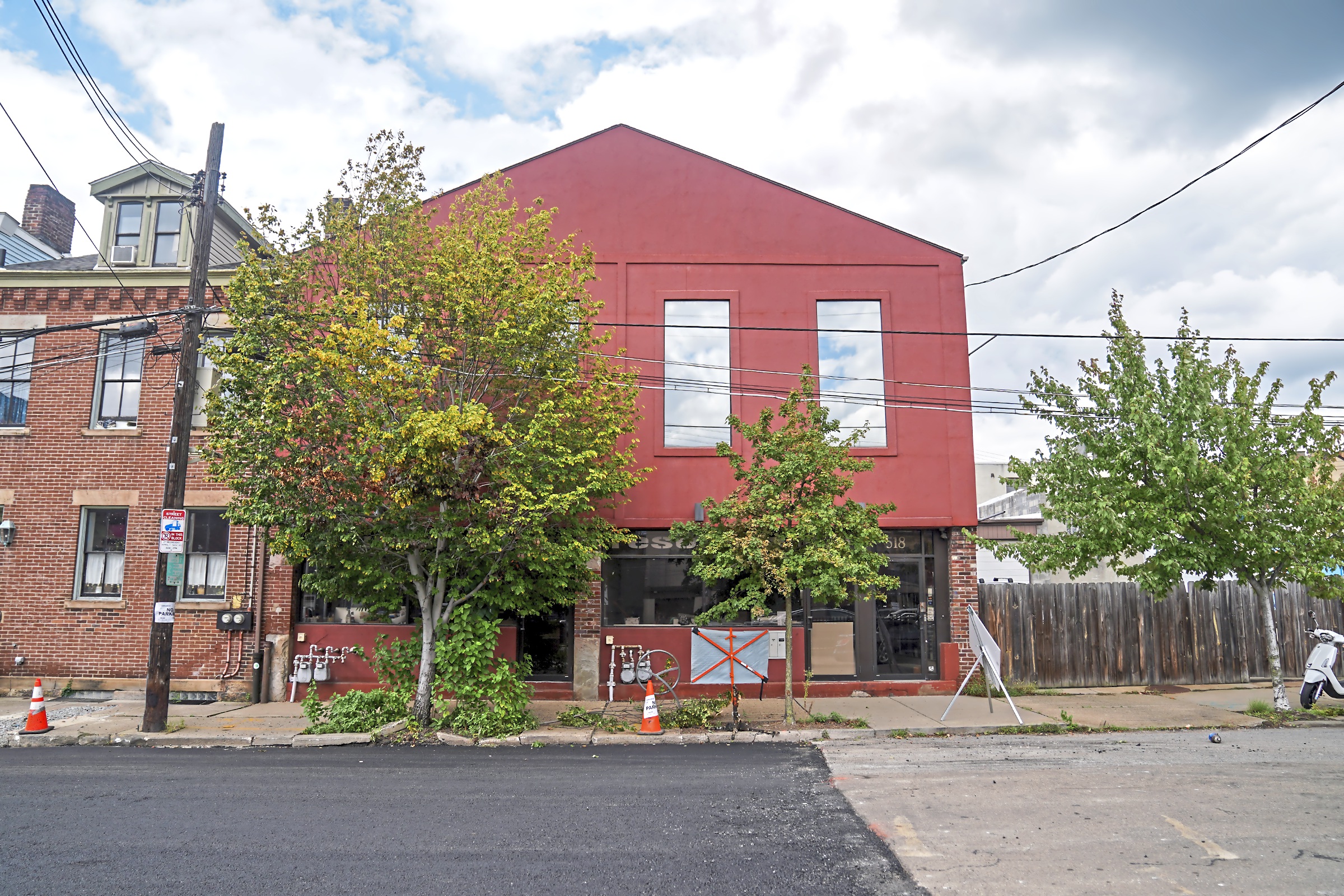
What made the Pace machines “ingenious mechanically and legally,” as the Post-Gazette put it, was that they initially came ready to pay off winning slot combinations with mint candy — hence the company name, “Penn Mint” — not cash. That made them legal on paper.
But in just seconds, the machines could be converted so that "they'd pay off like [illegal slot machines]," Jim Rooney, the public face of Penn Mint, told historian Rob Ruck in a 1982 interview. “But they could change the machines around in about 20 seconds. They’d pay off like [illegal] slot machines.”
During one court hearing in 1948, a prosecutor had a slot machine operator show the court how quickly a legal slot machine could be converted to pay off in cash. It took less than a minute.
“We had a license from Pittsburgh, the state and the government,” Jim added. “They were all licensed. But [the slot machines] were all phonies after a while.”
It was in the slot machine business that Art Rooney and McGinley cut deals and worked with some of the region’s most notorious Mafia members: Frank Amato, who was then head of the Pittsburgh mob; John LaRocca, who succeeded Amato as head of the mob in 1956; George Messer, a top LaRocca associate; and brothers Sam and Gabriel “Kelly” Mannarino, who was one of LaRocca’s two lieutenants.

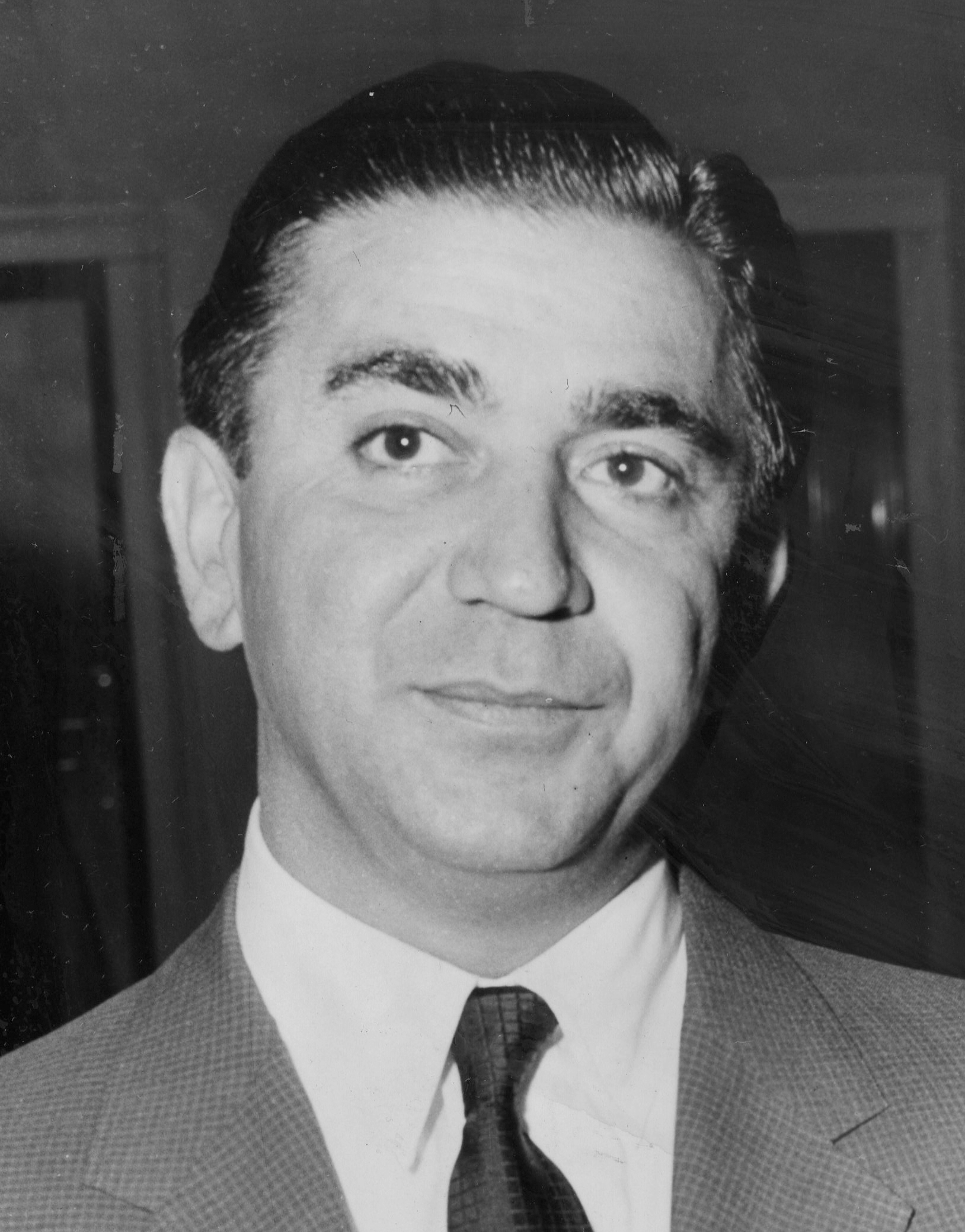
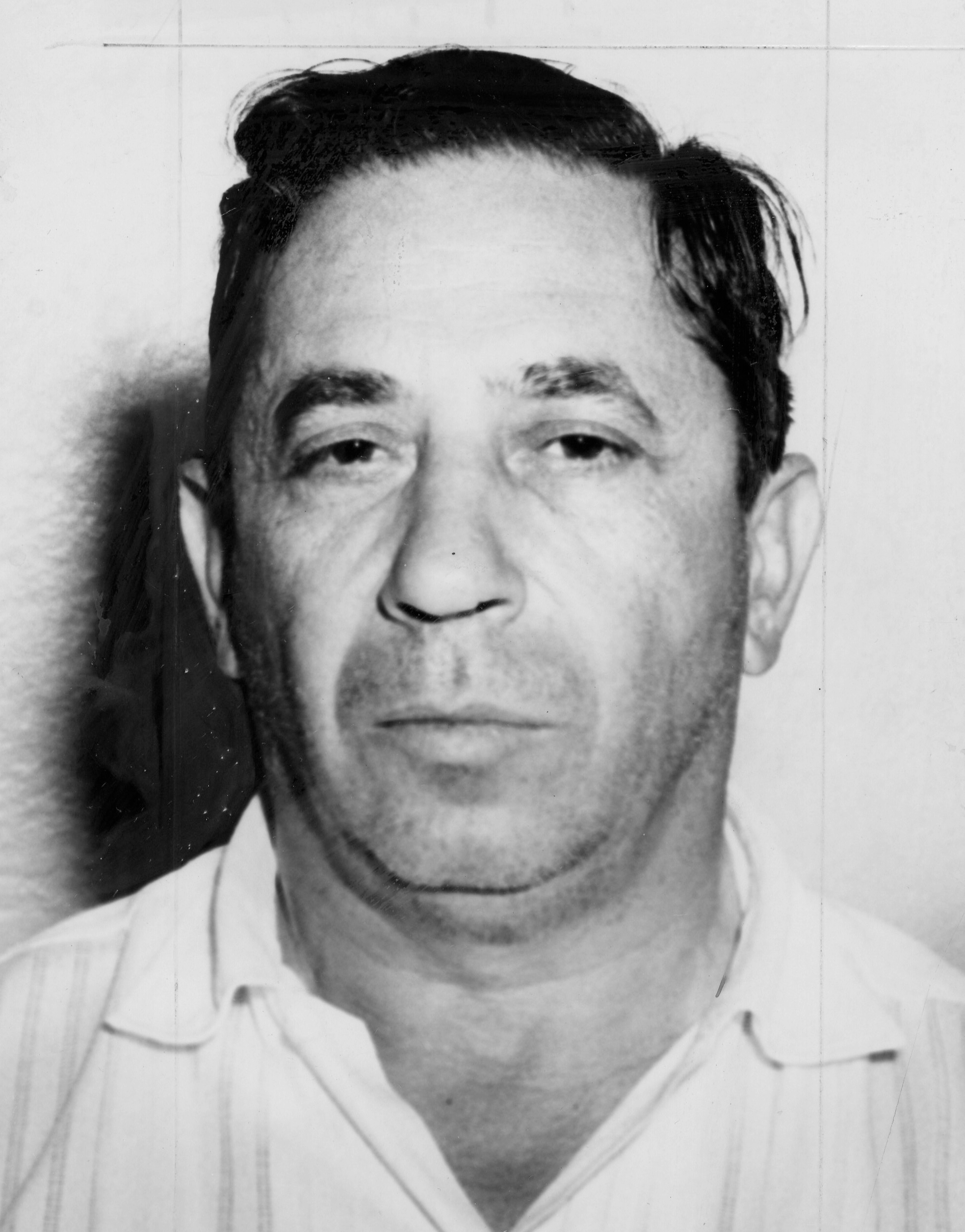
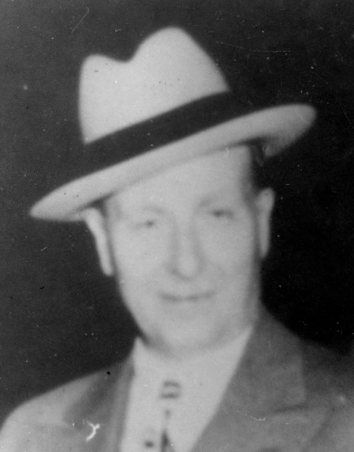
LaRocca and Kelly Mannarino attended the infamous 1957 meeting of the country’s top Mafia leaders in Apalachin, N.Y., where state troopers found dozens of cars parked outside a home where the bosses from across the nation gathered for a summit.
Rooney’s connection to the mob was first reported in 1996, when the Pittsburgh Tribune-Review obtained a couple of FBI documents released by the National Archives from the JFK assassination files.
One, dated Oct. 29, 1946, said an unnamed source told the FBI that “an agreement” was struck in which “Rooney operated all slot machines north of the Allegheny River and the Mannarino brothers operated those south of this river.”

The other document, dated March 28, 1958, said that in an interview with the FBI a month earlier, a source described LaRocca’s origins in the rackets, starting with a numbers operation, and how LaRocca got involved in slot machines sometime in 1942 or 1943. The source’s name was redacted in the document.
The record disclosed that LaRocca personally traveled to Chicago then to try to get some of the “paste reel machines” — an erroneous spelling of “Pace’s Reels.”
LaRocca discovered the Pace company had already pledged the Pittsburgh area to Rooney, and Rooney “was the only man who could get paste reels before LA ROCCA tried, and controlled the entire Pittsburgh vicinity in this regard,” the source told the FBI.
As a result, LaRocca “had a verbal agreement with ART ROONEY who allowed him to place these machines throughout East Liberty, Homewood and Garfield sections of Pittsburgh where ROONEY was not operating.”

One of the documents the Post-Gazette obtained showed that Allegheny County Sheriff Walter C. Monaghan told the FBI in 1947 that there was a division between Rooney and the Mannarinos “over location and installation of slot machines in Allegheny and possibly Westmoreland Counties.”
Still another document the Post-Gazette obtained — released by the National Archives in 2018 — was an unredacted document that showed the FBI’s source for the story about Rooney and LaRocca was one of LaRocca’s closest confidants: George Messer, a well-known, high-ranking member of the Pittsburgh mob.
Messer pointed out in his 1958 interview with the FBI that after the deal was struck with Rooney, LaRocca started a company called the Coin Machine Distributing Co. to buy and distribute slot machines. But it was not just owned by him.
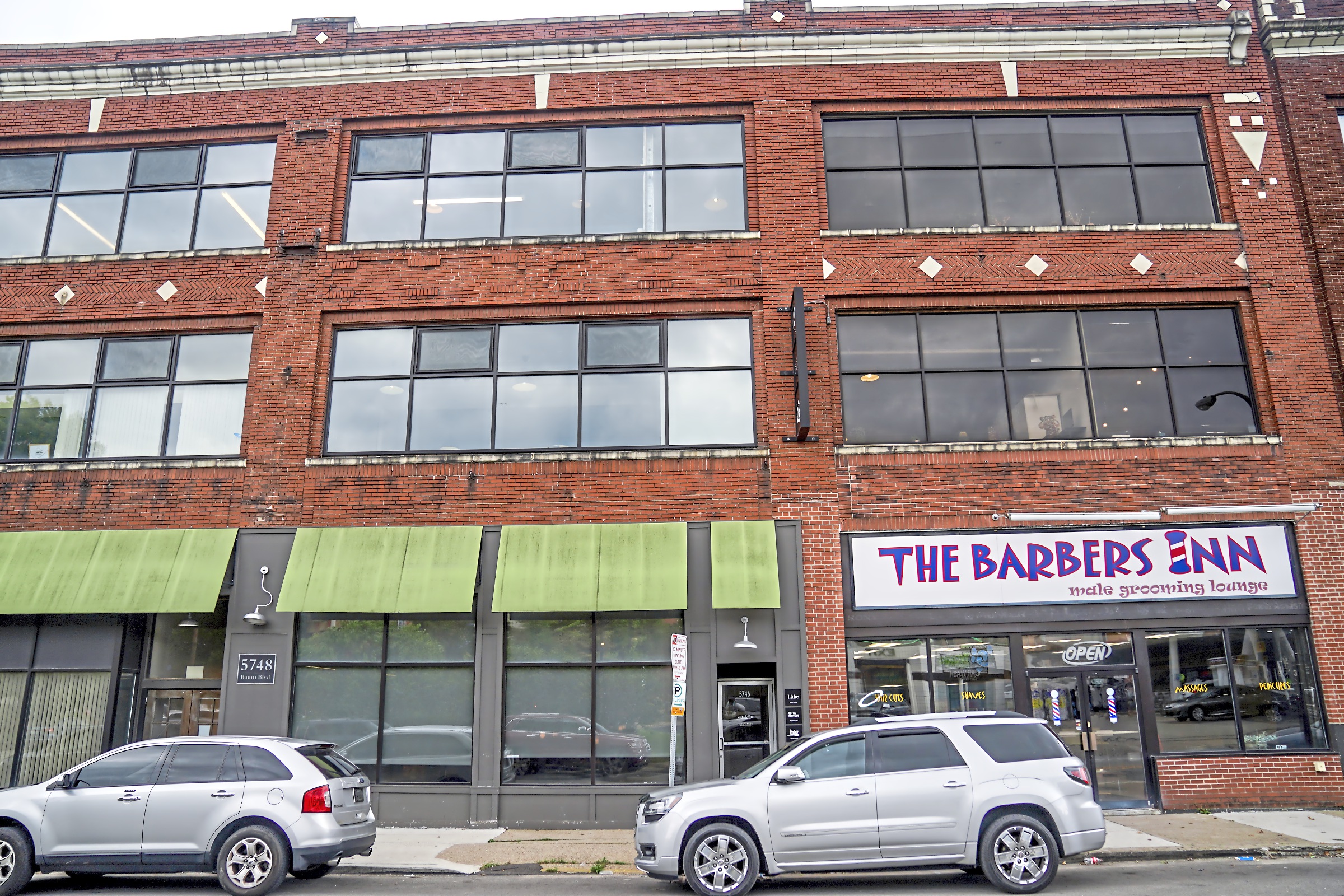
LaRocca’s public partners in the company — as outlined in records then from the Allegheny County Prothonotary's office — were Amato, Messer, Sam Mannarino, F.W. Zogg, a Chicago businessman, and Barney McGinley.
“According to informants, ARTHUR J. ‘ART’ ROONEY also has an interest in this machine company,” an FBI document from 1944 says.

But the Coin Machine company would not last long.
An FBI document said that the prothonotary office’s records showed the company was first listed on a fictitious name register on Feb. 27, 1943.
Before they could even start leasing out the machines, someone tipped off county detectives that there were a lot of illegal slots stored at the Coin Machine’s warehouse at 5746 Baum Boulevard in Bloomfield.
After raiding the building on Nov. 16, 1943, county detectives posed for news photographers with some of the 125 slot machines — valued at about $25,000 total — found in the building.
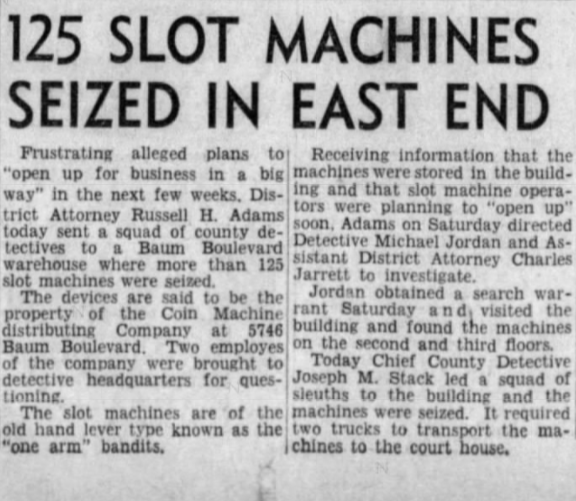
The fallout in the company was swift. By May 1944, McGinley, Amato, Zogg and Messer resigned, leaving just LaRocca and Mannarino to try to run it legally. Eventually it was just LaRocca for much of the next decade.
That Rooney and McGinley would knowingly work with top mobsters like Amato, LaRocca and the Mannarinos was stunning to Joe Lawlor, a retired special agent in the criminal investigation division of the IRS in Pittsburgh from 1961 to 1990.
“You would think they would have known better because those guys were all violent,” Mr. Lawlor, who investigated cases involving the Pittsburgh mob during his career with the IRS here, told the Post-Gazette. “Maybe back then [Rooney and McGinley] didn’t realize what these guys were like, but [the Pittsburgh mob] would do whatever they had to do in their business.”
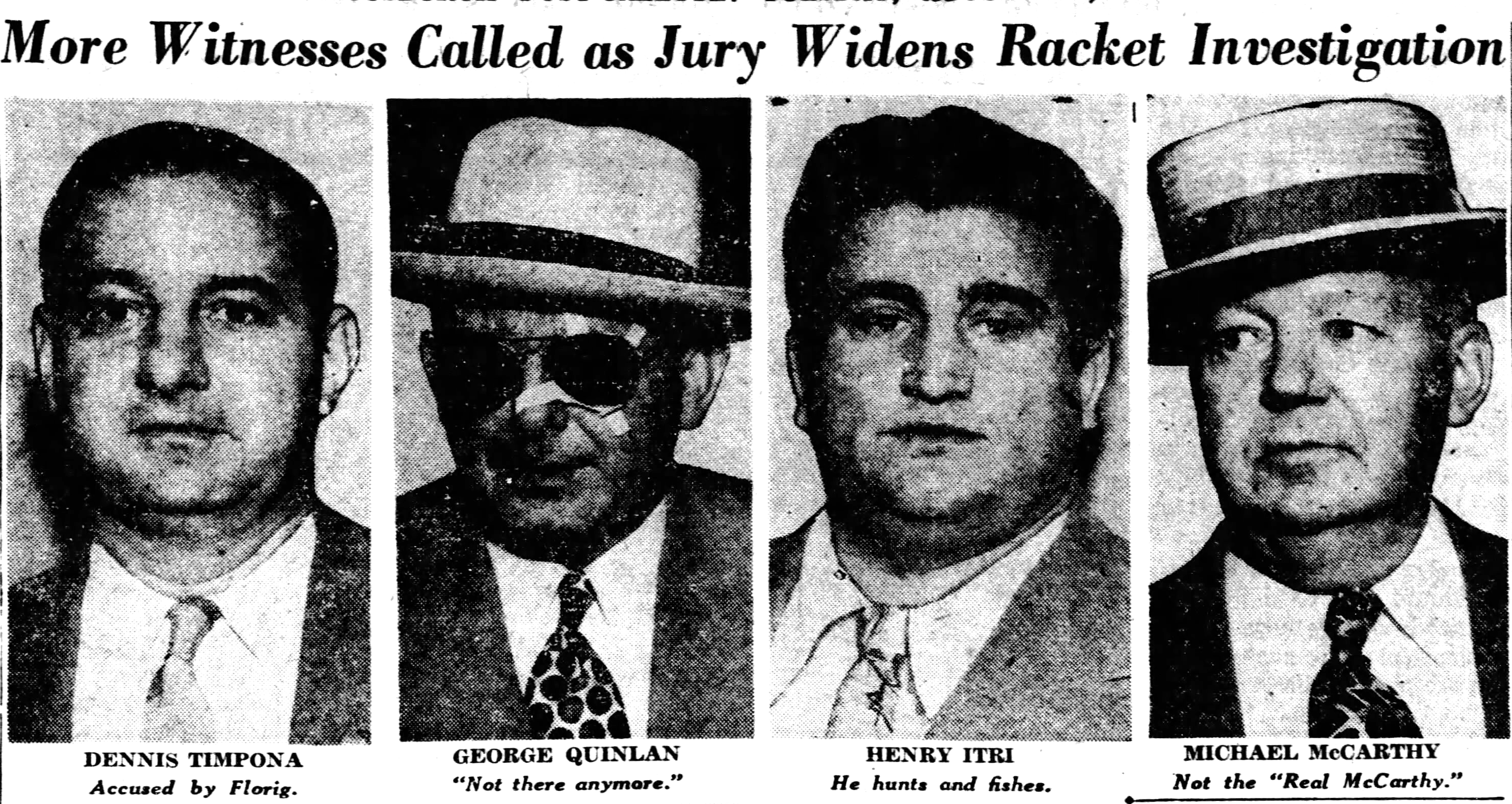
Though the Coin Machine partnership failed, Rooney and McGinley’s distribution of Pace’s Reel machines continued until the Pittsburgh Press article in January 1947 anonymously identified them as the leaders in the local slot machine business.
The timing of the article was doubly bad for Rooney and McGinley. Rooney’s good friend, David Lawrence, had just been elected Pittsburgh mayor in late 1945 and took office in January 1946, just a year before the Press’ article.
The 1948 newspaper stories about Jim Rooney and his friend George Quinlan going before the grand jury said that Penn Mint appeared to have shut down, and no longer had a listed telephone number.
By October 1951, an FBI document looking into slot machine operations in Pittsburgh refers to Art Sr. as “the former slot machine king of Allegheny County.”

That same FBI document says that in an interview with the FBI a month earlier, in September 1951, Rooney told the FBI “that he is no longer interested in slot machines and is thankful he is not because in his judgment Public Law 906 will destroy the slot machine business.”
That federal law, known as the Johnson Act, was passed in 1951 and made it a federal offense to use the interstate or foreign commerce to transport slot machines.
Illegal slot machines would never really go away, but Rooney does seem to have at least begun to leave them, and the other rackets, behind by then.
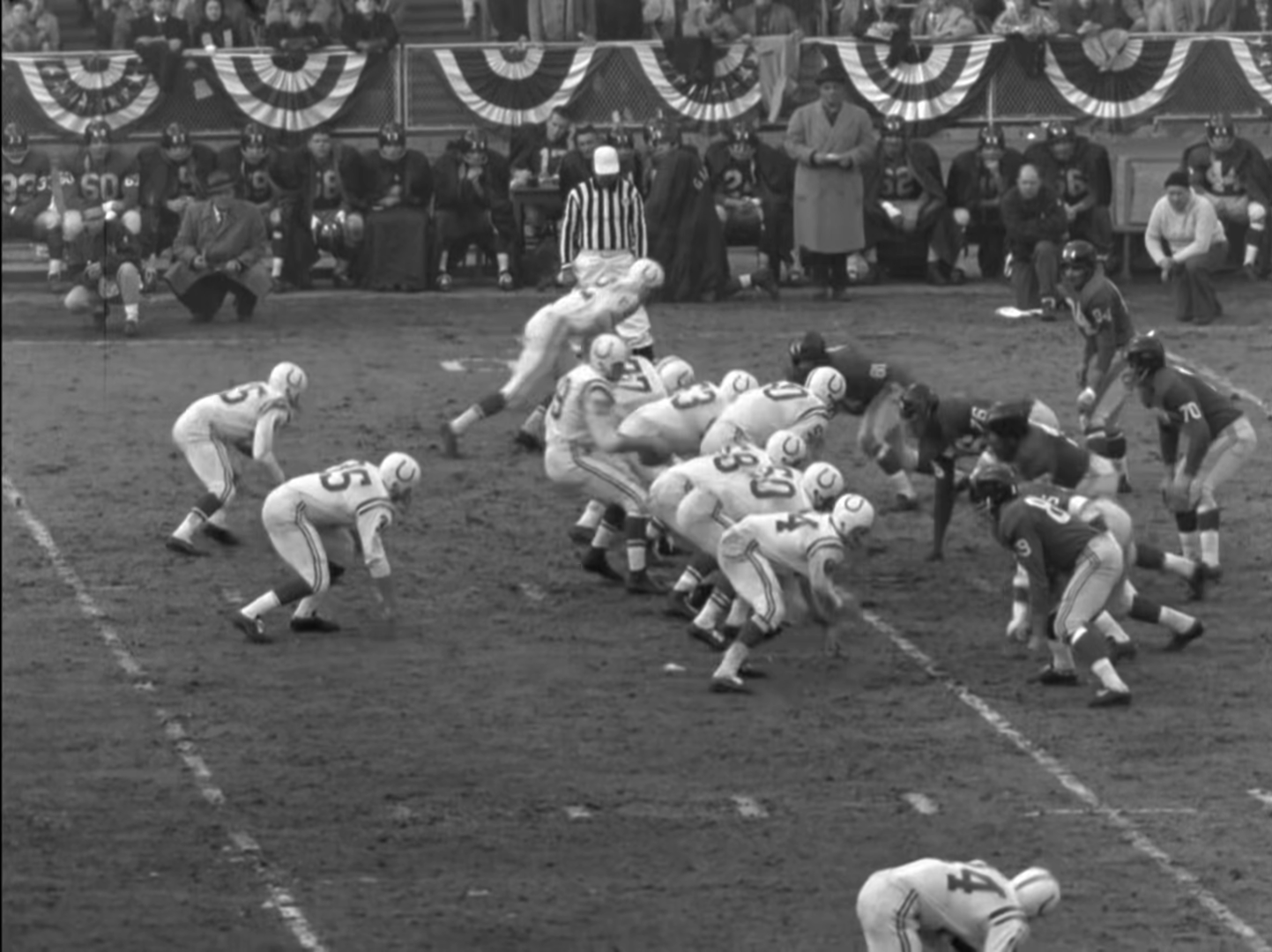
“As he got more involved in the football team, and it changed from being just a ‘sportsman’ thing as time went on in the ’50s, football started to become a thing,” Rooney’s son, Tim, said in an interview with the Post-Gazette. “The Colts-Giants [1958] playoff game changed things. After that, I don’t think he had time to do the other things.”

It may have also added to Rooney’s move away from the rackets that his two main partners — McGinley and Milton Jaffe — were no longer around. McGinley died in 1953, and Jaffe left Pittsburgh just a few years after that to run the Stardust Hotel in Las Vegas.
By then, Rooney was looking into other lucrative, legal businesses. In 1956 he bought his first of six horse and dog racetracks, in Cleveland. And a decade later, the Steelers would start to become regularly — and later handsomely — profitable. Forbes estimates that the Steelers are now worth $4 billion.
In the decades that followed his career in the rackets, much of the public would only remember him for the team he sustained. And the memory of his role as one of the city’s leading players in the rackets would fade.
“It’s amazing how successful Rooney was at keeping his name out of the courts and the newspapers for so long,” said David Rotenstein, an historian who is writing a book about the social history of numbers operations in Pittsburgh. “What is the biggest surprise to me is how successful the story has been submerged."
Reporter: Sean D. Hamill: shamill@post-gazette.com or 412-263-2579 or Twitter: @seandhamill
Development: Laura Malt Schneiderman: lschneiderman@post-gazette.com





